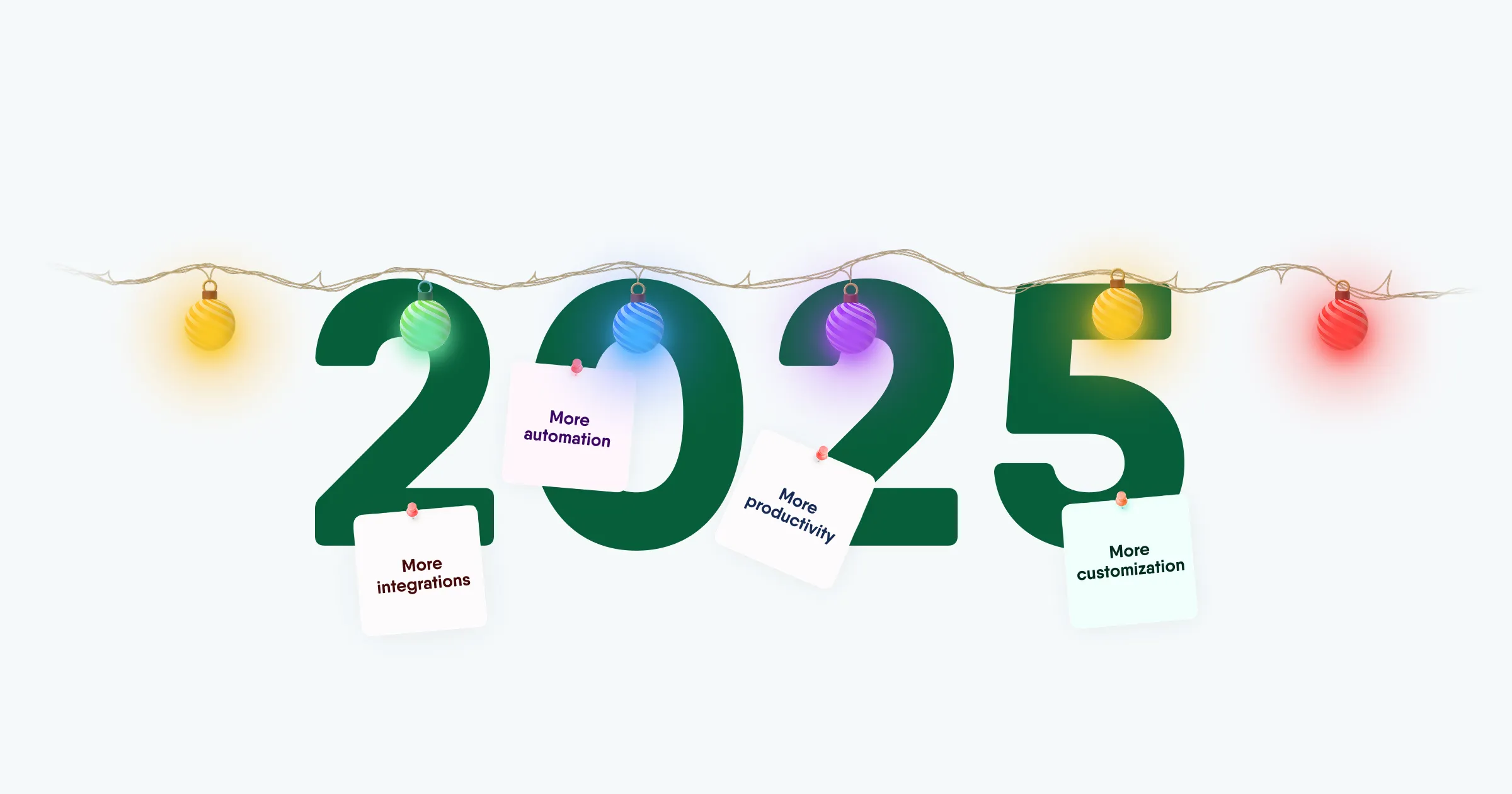Probationary Period
What is a probationary period?
What is a probationary period?
A probationary period is a transitional phase at the start of employment during which an organization evaluates a new hire's competencies, effectiveness, and overall fit within the company.
It typically lasts anywhere from several weeks to several months, depending on company policy, the nature of the position, and the type of employment (e.g., permanent employment, freelance contracts, B2B arrangements, or temporary assignments). This phase allows both parties to assess whether they want to continue their working relationship long-term.
Why is the probationary period important?
The probationary period enables employers to evaluate whether an employee:
- Meets the position's requirements by effectively completing assigned tasks.
- Adapts well to the company culture by integrating with the team and adhering to established practices.
- Demonstrates initiative and strong collaboration by sharing ideas and actively engaging with the team
- Shows growth potential by taking initiative, embracing challenges, and showing enthusiasm for learning.
When a new hire doesn't meet expectations, the probationary period allows for a quicker termination of employment without lengthy procedures.
From the employee's perspective, the probationary period provides an opportunity to:
- Better understand the scope of responsibilities and nature of the work, and determine whether daily tasks align with their expectations.
- Get to know the work environment and management style, and assess whether the team's communication style and decision-making approach are a good fit.
- Verify that the organization's values align with their work approach – for example, whether the company truly supports flexibility, development, and work-life balance.
- Confirm opportunities for growth and advancement by assessing whether the company offers clear paths for professional development.
If the working relationship with the employer isn't working out, the employee can end their employment early without long-term commitments.
How long can a probationary period last?
The length of a probationary period depends on several factors:
- Labor laws applicable in the specific country;
- The organization's internal policies;
- Terms specified in the employment contract or other employment agreement;
- The type and level of the position.
Typically, probationary periods last between 1 and 3 months. In some countries, the period may be extended due to employee absences (such as illness or vacation), though this depends on local regulations and contract provisions.
Can a probationary period be extended or repeated?
The possibility of re-employing someone on a probationary basis depends on local regulations and organizational policies. Most commonly, a second probationary period is permissible when:
- The employee will perform completely different duties than previously.
- Significant time has passed since the end of the previous employment, and the nature of the role has changed.
However, any repeat probationary period must comply with applicable local labor laws.
Ending employment during the probationary period
Most countries have simplified rules regarding employment termination during probationary periods. Shortened notice periods, the ability to end contracts by mutual agreement, or immediate termination (such as for breach of duties) are typical legal mechanisms.
To avoid uncertainty for the employee, it's advisable to inform them well in advance about plans for continued employment. Transparent communication positively impacts team morale and the employer's reputation.
In some countries, if the termination is not justified, employees may be entitled to financial compensation – the amount and conditions depend on local labor laws.
What happens after the probationary period ends?
After the probationary period concludes, it's worthwhile to organize a summary meeting with the employee to jointly evaluate the collaboration thus far – discussing their performance, strengths, and any challenges encountered.
Based on the probationary period experience and the summary conversation, the employer can:
- Continue employment – typically by signing a new contract.
- Terminate employment – if the employee doesn't meet expectations.
- Extend the probationary period – only if permitted by law.
Information about next steps should be communicated clearly and understandably, and documented in writing, especially in cases of extension or termination.
How to streamline probation period management with an HRM system?
Many HR teams lack a cohesive process for managing probationary periods – evaluations, agreements, and tasks often exist only in emails or spreadsheets. While this approach might work with a small number of employees, it easily becomes chaotic and makes decision-making difficult as the organization grows.
With an HRM system like PeopleForce, you can streamline the entire process and ensure new hires get the support they need from day one:
- Sign documents using electronic signatures.
- Set up reminders for meetings and performance reviews.
- Assign position-specific onboarding tasks.
- Track progress toward goals and gather feedback via surveys.
- Use ready-made templates for conducting 1:1 meetings.
- Securely store all data in one place without having to search through emails and local files.
A carefully planned probationary period creates better first impressions, reduces misunderstandings, and increases confidence in HR decision-making.
Probationary period – summary
Here's a brief checklist to help you systematically organize HR activities during the probationary period:
- Establish employment terms – Define employment conditions, probationary period length, and how it will be managed, in accordance with the laws of the country of employment.
- Discuss goals and task scope with the employee – Ideally on the first day.
- Prepare onboarding – Assign tasks, invite to training sessions, provide access to necessary tools and materials. Make sure the employee knows who to contact with any questions or concerns.
- Regularly collect feedback – From both supervisors and the employee; track progress toward established goals.
- Organize a summary meeting – At the end of the probationary period, discuss the employee's results, strengths, areas for improvement, and present the decision about continued employment.
- Document all agreements – Ensure written confirmation of next steps (such as contract extension or employment termination).
The probationary period isn’t just a formality – it’s an opportunity to build a strong relationship that leads to lasting collaboration. With the support of an HRM system, you can organize every step of the process and enhance the quality and impact of your HR activities throughout the entire employee lifecycle.

